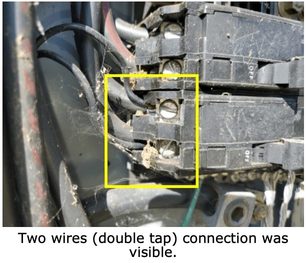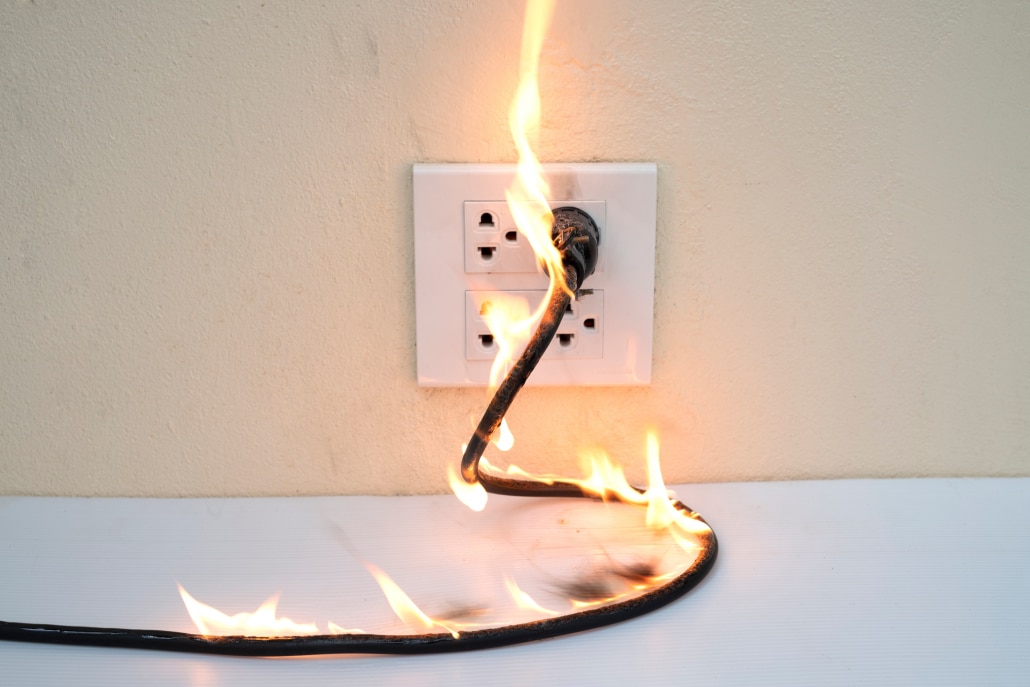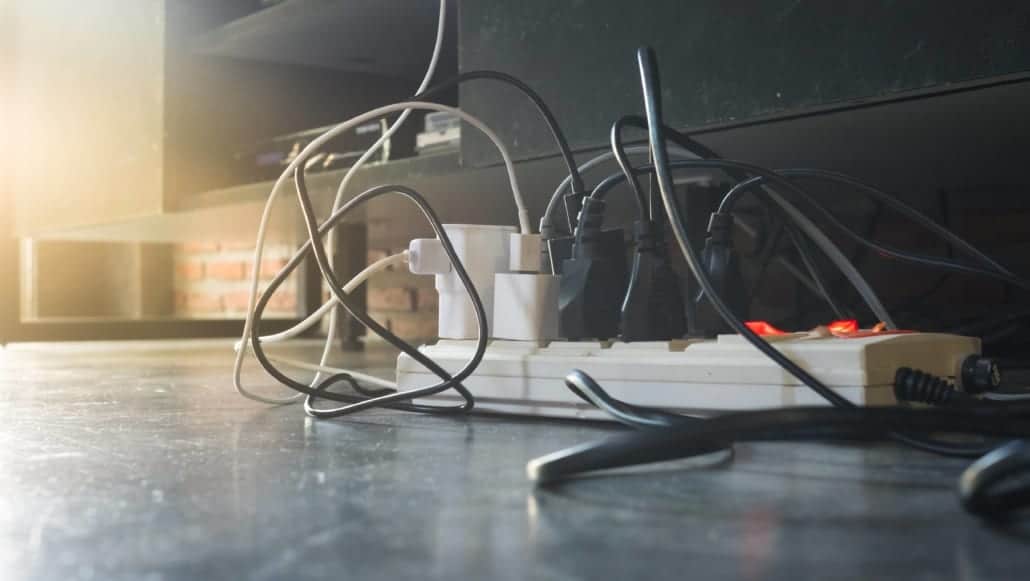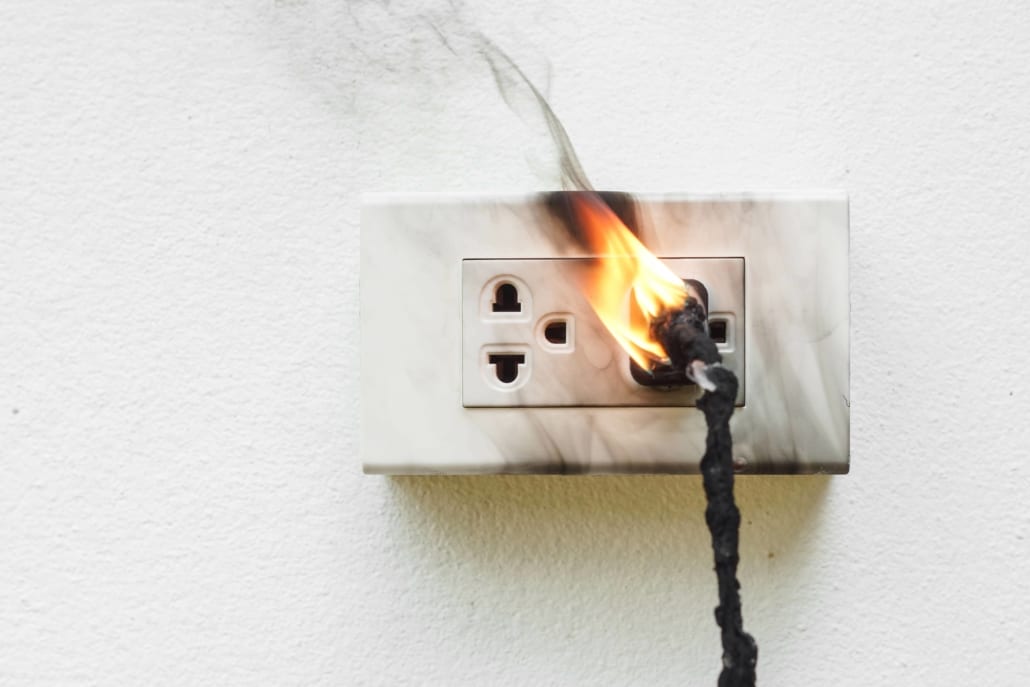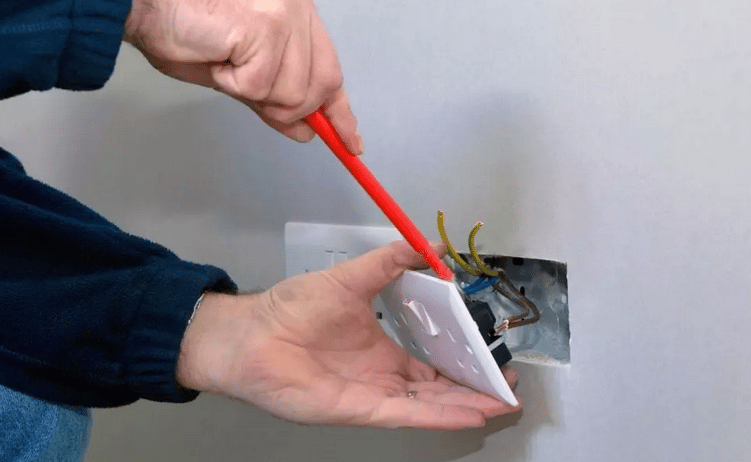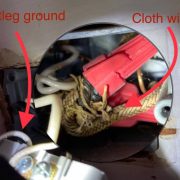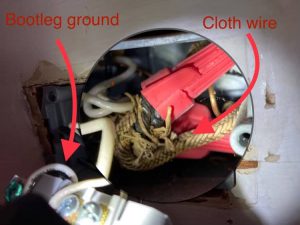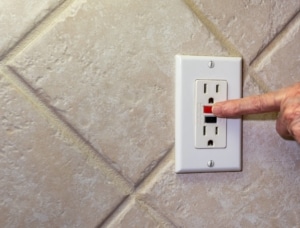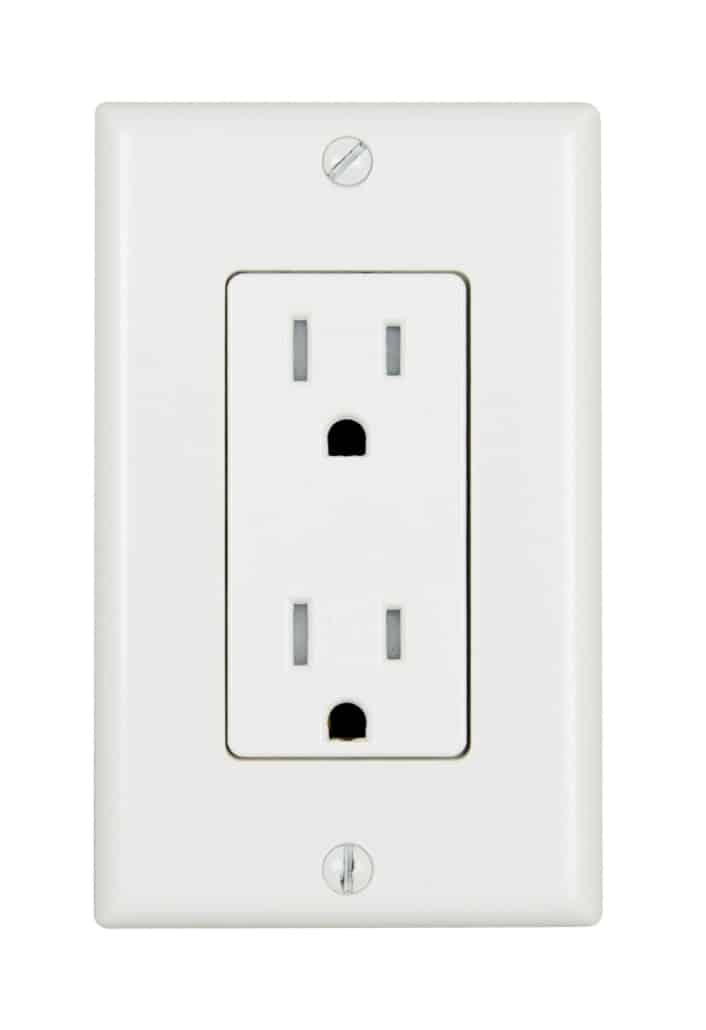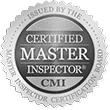13 Electrical Terms Worth Knowing as a Homeowner
Electrical systems are an essential part of every home, but many homeowners feel a bit lost when it comes to understanding how they work. Knowing the most common electrical terms can help you avoid common issues, improve home safety, and make more informed decisions when it’s time to call in a professional.
Whether you’re troubleshooting, planning an upgrade, or just curious, understanding the key terms below can make a shocking difference. Let’s jump in!
Why Knowing Your Electrical Terms Matters
If you’ve ever tried to troubleshoot a tripped breaker or figure out why an outlet stopped working, you know that electrical issues can be confusing. However understanding key electrical terms can give you a major advantage.
Not only will you be better prepared to explain the problem when a professional arrives, but you’ll also have a clearer sense of what to expect during routine inspections or upgrades. This knowledge can help you stay ahead of potential hazards, such as overloaded circuits or improper grounding before they become costly repairs or safety risks.
In the long run, knowing these terms can save you time, money, and unnecessary stress while making sure your home’s electrical system is as safe and efficient as possible.

13 Electrical Terms Worth Knowing
1) Circuit
A circuit is the complete path that electricity travels through in your home, powering outlets, lights, and appliances.
When you flip a switch or plug something in, the circuit is what allows electricity to flow to that device. Circuits are designed to handle a certain load, so overloading one by plugging in too many devices at once can cause it to trip and shut off to prevent overheating.
For example, if you run a vacuum cleaner and a space heater on the same outlet, the circuit may overload and cut power to that area.
2) Voltage
Voltage is the force that pushes electrical current through wires and circuits. Think of it like water pressure in a hose—the higher the voltage, the more forcefully electricity is pushed through.
Most homes have standard 120-volt outlets, but larger appliances like ovens or dryers require 240 volts to operate efficiently.
3) Ampere (Amp)
Amps measure the amount of electrical current flowing through a circuit. Every circuit in your home is rated to handle a certain number of amps.
If the flow exceeds this limit, the breaker will trip to prevent overheating. For instance, most household circuits are rated for 15 or 20 amps, meaning they can safely power a few devices, like a TV and lamp, but adding a high-amp device, like a space heater, might cause the breaker to trip.
4) Wattage
Wattage measures how much power a device uses. It’s a combination of voltage and amps.
For example, a 60-watt light bulb uses 60 watts of power when it’s on. Knowing the wattage of your appliances and devices helps you manage energy usage and avoid overloading circuits.
5) Breaker
A breaker is a safety device that automatically shuts off electricity if a circuit becomes overloaded or if there’s a short circuit.
It’s designed to protect your home from electrical fires. If you notice a breaker frequently tripping, it may be a sign of an issue with that circuit, such as too many devices being plugged in, faulty wiring, or an appliance malfunction.
6) Grounding
Grounding provides a safe path for electricity to follow in case of a fault, like a short circuit. It helps prevent electrical shocks and reduces the risk of fires.
Ground wires are usually connected to outlets, metal boxes, and the earth. If grounding is missing or done incorrectly, your home is more vulnerable to electrical hazards.
7) GFCI (Ground Fault Circuit Interrupter)
A GFCI is a type of outlet designed to protect against electrical shocks by shutting off the power if it detects any imbalance in the flow of electricity. These are required in areas with water, such as kitchens, bathrooms, and outdoor outlets.
For example, if an appliance in your bathroom gets wet and electricity starts flowing in an unintended path, the GFCI will trip and cut power to prevent a shock.
8) AFCI (Arc Fault Circuit Interrupter)
An AFCI is a special type of breaker that protects against electrical fires caused by arcing faults.
Arcing happens when electrical current jumps between damaged wires or loose connections. AFCIs are now required in newer homes, particularly in bedrooms and living spaces, because they detect and stop arcs before they can cause a fire.
9) Short Circuit
A short circuit occurs when electrical current flows through an unintended path, often due to exposed or damaged wiring. This can cause sparks, overheating, or even fires if not addressed quickly.
For instance, if two wires in a light fixture touch each other, they can create a short circuit, potentially leading to a fire hazard.
10) Electrical Panel
The electrical panel is the control center for your home’s electrical system. It houses the breakers or fuses that manage the flow of electricity to different circuits in your home.
If your home’s electrical needs grow (such as adding new appliances), you may need to upgrade your electrical panel to handle the increased load.
11) Fuse
Fuses are similar to breakers but are found in older electrical systems.
Instead of resetting like a breaker, a fuse will blow (or burn out) when a circuit becomes overloaded. Once a fuse blows, it needs to be replaced. If your home still uses fuses, it may be worth upgrading to a modern breaker system for improved safety and convenience.
12) Neutral Wire
The neutral wire completes the electrical circuit by carrying electricity back to the electrical panel. It helps balance the load of electricity in a circuit.
A properly functioning neutral wire is crucial for safety, as it ensures that excess electrical current doesn’t build up and cause shocks or fires.
13) Surge Protection
Finally, surge protection safeguards your home’s electronics from sudden voltage spikes, which can occur during storms or power surges.
A surge protector diverts excess electricity away from your devices, preventing damage. It’s recommended to use surge protectors for valuable electronics like computers, TVs, and home theater systems.

Tips for Electrical Safety at Home
- Inspect outlets and switches regularly: Check outlets and switches for signs of wear, overheating, or damage. If they feel warm or you notice any discoloration, there could be an underlying issue.
- Upgrade old wiring: Older homes often have outdated wiring systems that may not handle today’s electrical demands. Upgrading to modern wiring can reduce the risk of fires and improve efficiency.
- Install GFCI outlets where needed: Kitchens, bathrooms, garages, and outdoor areas should have GFCI outlets to protect against electrical shocks. These outlets shut off power if they detect moisture or a current imbalance.
- Avoid overloading outlets: Plugging too many devices into a single outlet can lead to overheating and fire hazards. Use power strips with built-in surge protectors for safety, especially when dealing with multiple electronics.
- Test smoke and carbon monoxide detectors: Smoke and carbon monoxide detectors are key safety tools. Test them regularly to ensure they’re working properly and replace batteries as needed.
When to Call a Professional
Some electrical issues are beyond the scope of an at-home fix and should be handled by a licensed professional.
If you notice frequent breaker trips, flickering lights, or burning smells coming from outlets, it’s time to call an expert. These can all be signs of underlying electrical problems that could lead to fires or damage if left unchecked.
Other tasks, like upgrading your electrical panel, installing new wiring, or adding dedicated circuits for large appliances, should always be done by an electrician.
Attempting these projects without the right tools and knowledge can be dangerous and may violate local building codes.
Wrapping Up
Knowing these key electrical terms empowers you to better understand your electrical system, communicate with inspectors and electricians, and keep your home safe.
If you’re ever uncertain about your home’s electrical system or need an inspection, Inside and Out Property Inspectors can help in Jacksonville, FL, and surrounding areas.








